Close UP
Tokyo Metropolitan Central Library ~Aiming to Promote Services for Foreign Users Through Plain Japanese~

The Tokyo Metropolitan Library consists of two libraries, the Central Library, and the Tama Library.
The Central Library provides support services for comprehensive research and studies. The Tama Library, on the other hand, provides two main services: the "Services for Children and Young Adults", which promotes children's reading activities in Tokyo - and the Tokyo Magazine Bank, which provides services drawing on the distinctive features of magazines. These two libraries are operated with their functions divided between them, and they also provide backup for public libraries in the Tokyo metropolitan area.
We visited the Tokyo Metropolitan Central Library in Minami-Azabu, Minato-ku, Tokyo. To make it more accessible to foreign users, they are actively setting up a foreign book section, a Learning Japanese Section, enhancing exhibits, and displaying notices in plain Japanese. We interviewed Ms. Naomi Ueda, Deputy Director of the Information Service Section, which provides services to library patrons, and Ms. Natsumi Araki and Ms. Rin Masubuchi, the staff members of the section.
One of the Largest Collection Among Japanese Public Libraries, with Approximately 2.25 Million Volumes
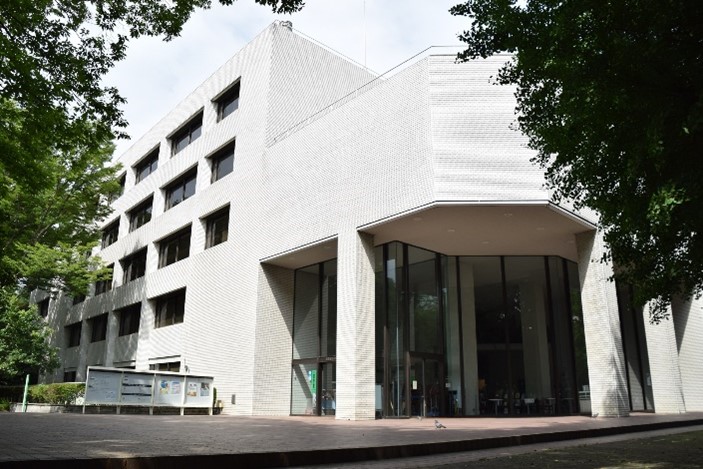
©Tokyo Metropolitan Library
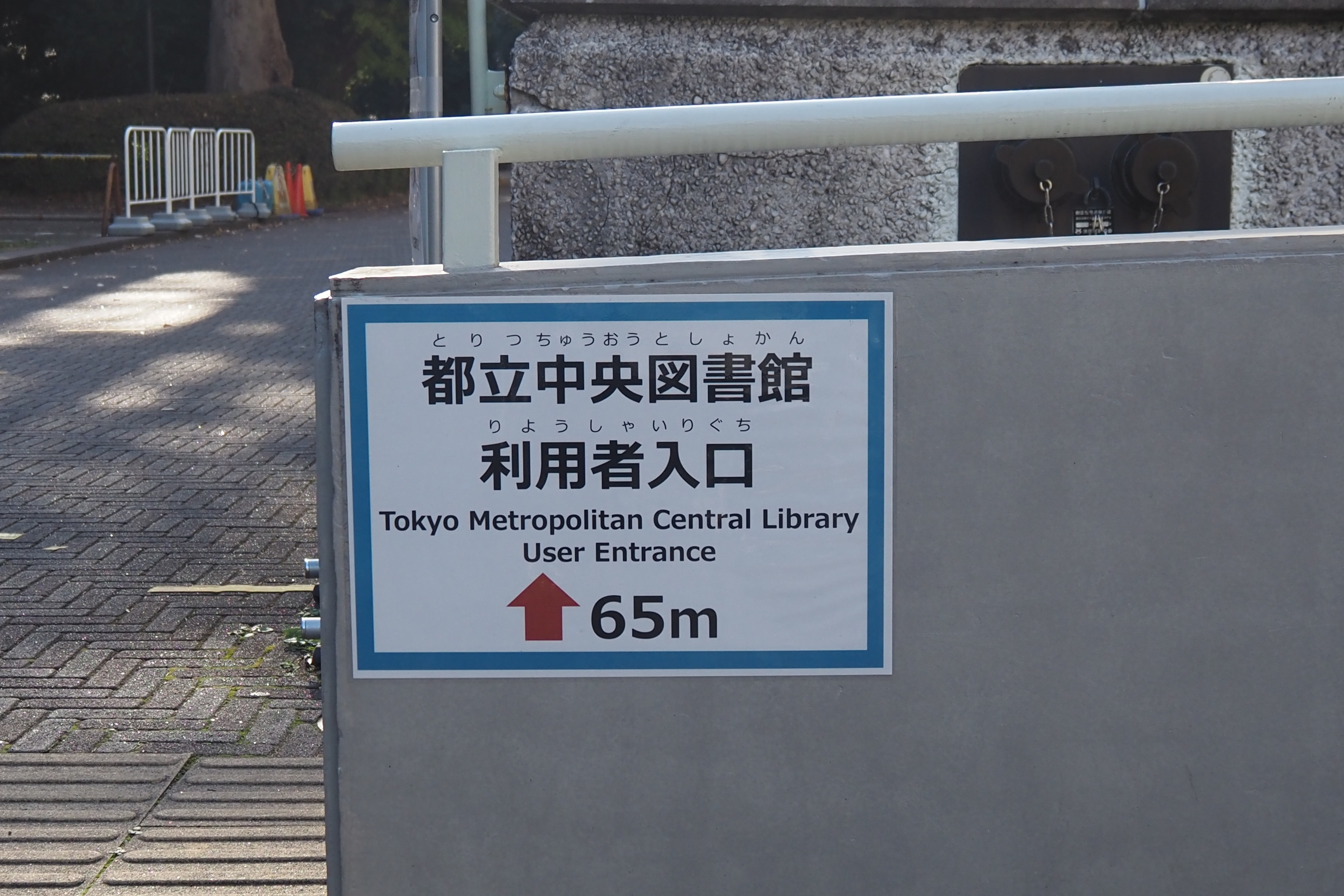
The Tokyo Metropolitan Central Library is located in Arisugawa-no-miya Memorial Park. The privilege of having a rich natural environment next to the library makes it hard to believe that it is in the center of the city. There are many embassies in the neighborhood and many foreign residents live in this area.
The Tokyo Metropolitan Central Library opened at this location in 1973, taking over the collection of the Tokyo Metropolitan Hibiya Library. Around 350,000 books, mostly new, are on the shelves which you may access freely.
"The Tokyo Metropolitan Central Library is intended to be used for research and study, so it has a large collection of specialized books and other materials. Reference services are available to help you with your research needs, including introductions to books and other materials and guidance on how to find them, as well as browsing and photocopying services. To ensure that users can find the information they need whenever they come to the library, we do not allow individuals to check out the books. However, there is a service that allows users to borrow books from the Tokyo Metropolitan Library through local public libraries in Tokyo. So please consult your local library. (Some materials are not available for borrowing.) In addition, we have not only specialized books but also novels and magazines as well, so you can use the facility as a place to read for pleasure," says Ms. Ueda.
Making the Library Accessible to Everyone
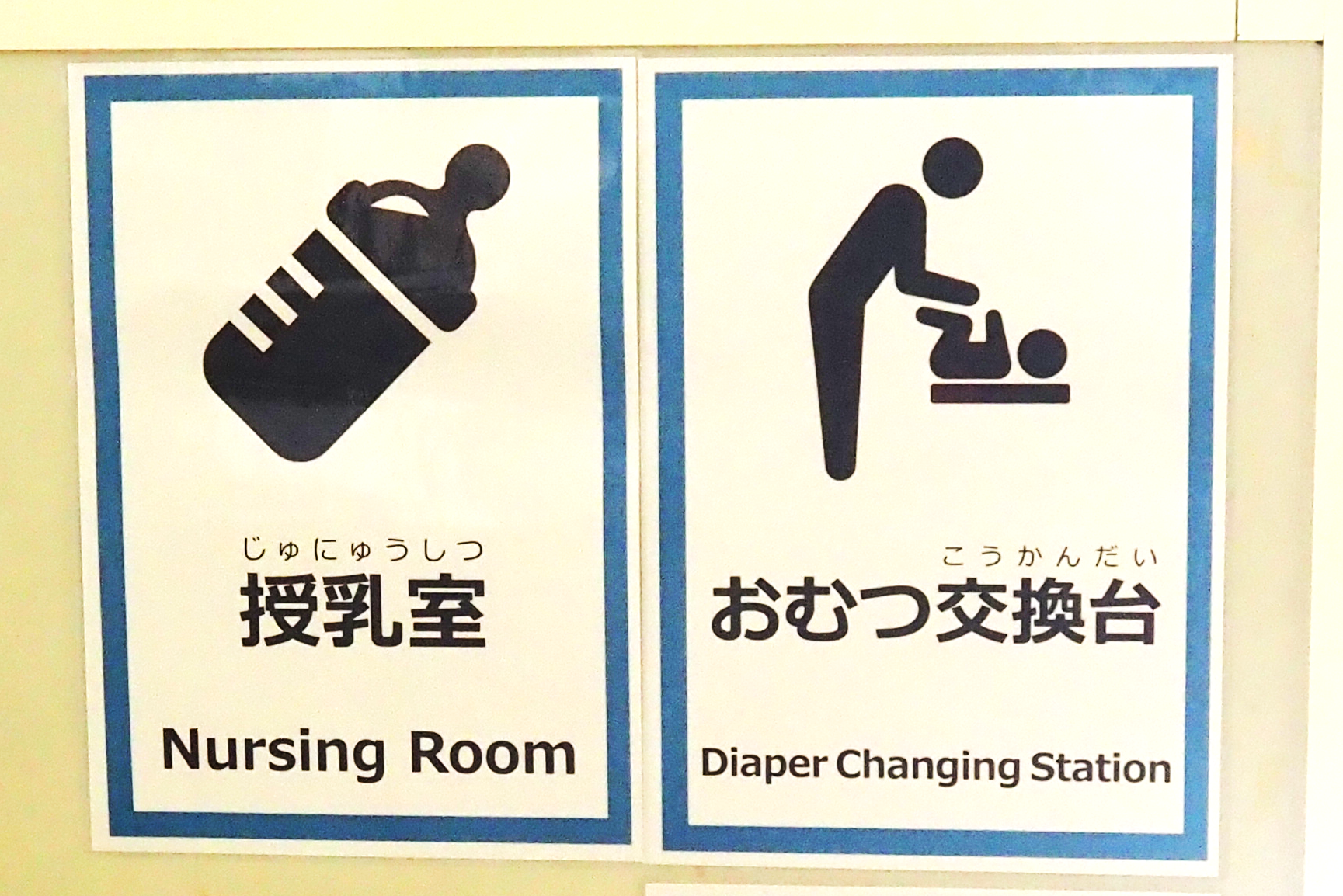
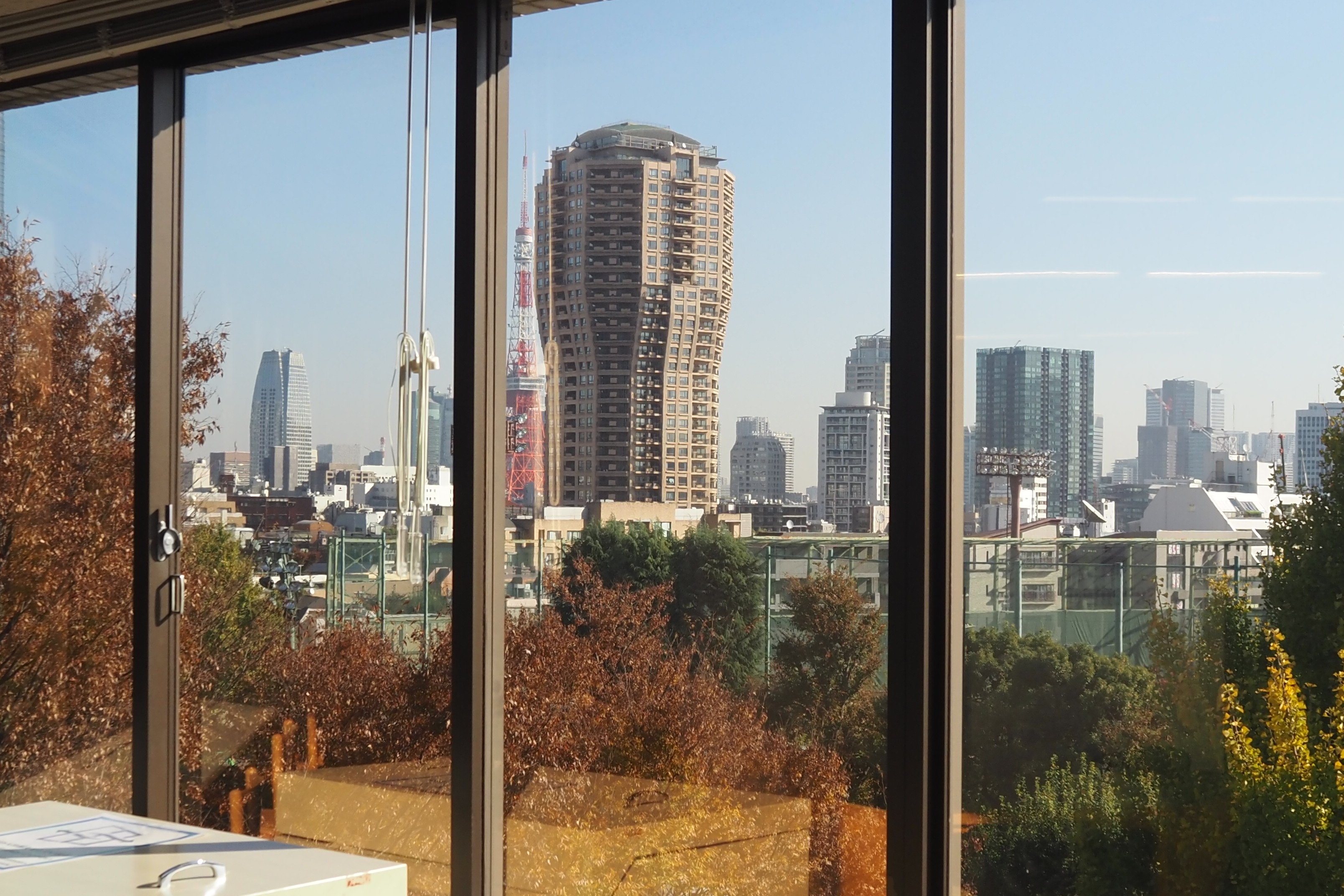
The Tokyo Metropolitan Central Library used to restrict admission to those over 16 years of age, but since 2004 it has been open to all. There is the Kid's Room equipped with a nursing room and a diaper-changing table, so those with children may use the library with ease.
In addition to the abundant bookshelves on the 1st through 3rd floors, the 4th and 5th floors have a "Research Room," where you can use the library materials and work intensively, and a "Group Study Room," for group discussions or school activities, as well as cross-industrial exchanges (requires the use of library materials).
The rules in the library have also been relaxed in some aspects. With the spread of electronic devices and other factors, things that used to be prohibited are now allowed under certain conditions.
"The reading room on the 5th floor is the only area in the library where sound-producing equipment is not allowed. For example, computers cannot be used in this area because the sound of typing may disturb others, but tablets and other devices without keyboards can be used. Also, earphones used to be prohibited because of sound leakage, but that rule has become more flexible, as long as users can adjust the volume," says Ms. Ueda.
Ms. Araki recommends the cafeteria on the 5th floor, which is one of the most popular places in the library. From the large windows, visitors can enjoy the beautiful nature of the park, which changes according to the seasons.
Enjoying a walk in Arisugawa-no-miya Memorial Park, taking a break at the library cafe, or reading the latest magazine, the library may feel instantly familiar to you.
Exploring a Variety of Languages at the Library

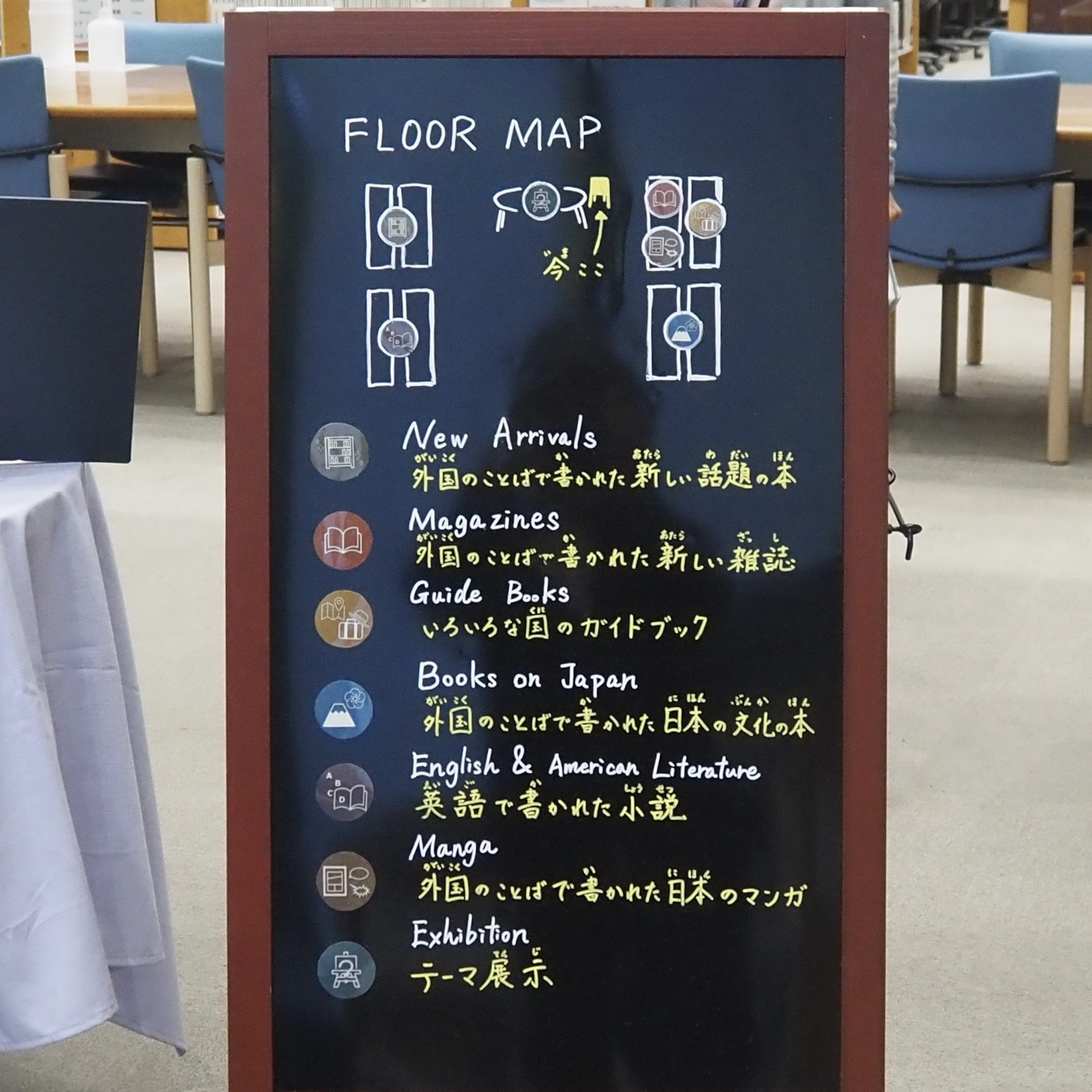
The library's foreign books make up about 10% of the total volume of the Metropolitan Central Library, and about 70% of them are in English. In addition to English books, the library has other foreign books in about 30 languages; including French, German, Russian, Italian, Spanish, Latin, Portuguese, etc. There are also many Chinese and Korean books in the collection.
On the 1st floor of the library, there is the "Foreign Language Books on Topics" section that displays mainly new foreign language books and magazines. New foreign books and books nominated for awards are lined up. There are also some Japanese manga published in English and other various languages, such as Astro Boy, Studio Ghibli’s works, and many others Many popular international magazines are also shelved in this area. Not only adults, but also elementary and middle school students and families from foreign countries in the neighborhood are frequent users of the section.
"While foreign language materials are generally shelved by category on different floors, the foreign language materials section makes visitors feel welcome and makes it easier for the staff to show where to find foreign language materials. People used to ask us where to find English books, and we used to start by asking users what kind of book they were looking for, and tell them that English books were organized by categories spread out over several floors. Since the opening of the 'Foreign Language Books on Topics' section, we show it to visitors first, as a starting point, and explain that there are many other foreign language books on each floor," says Ms. Araki.
The Plain Japanese Initiative Started in 2022
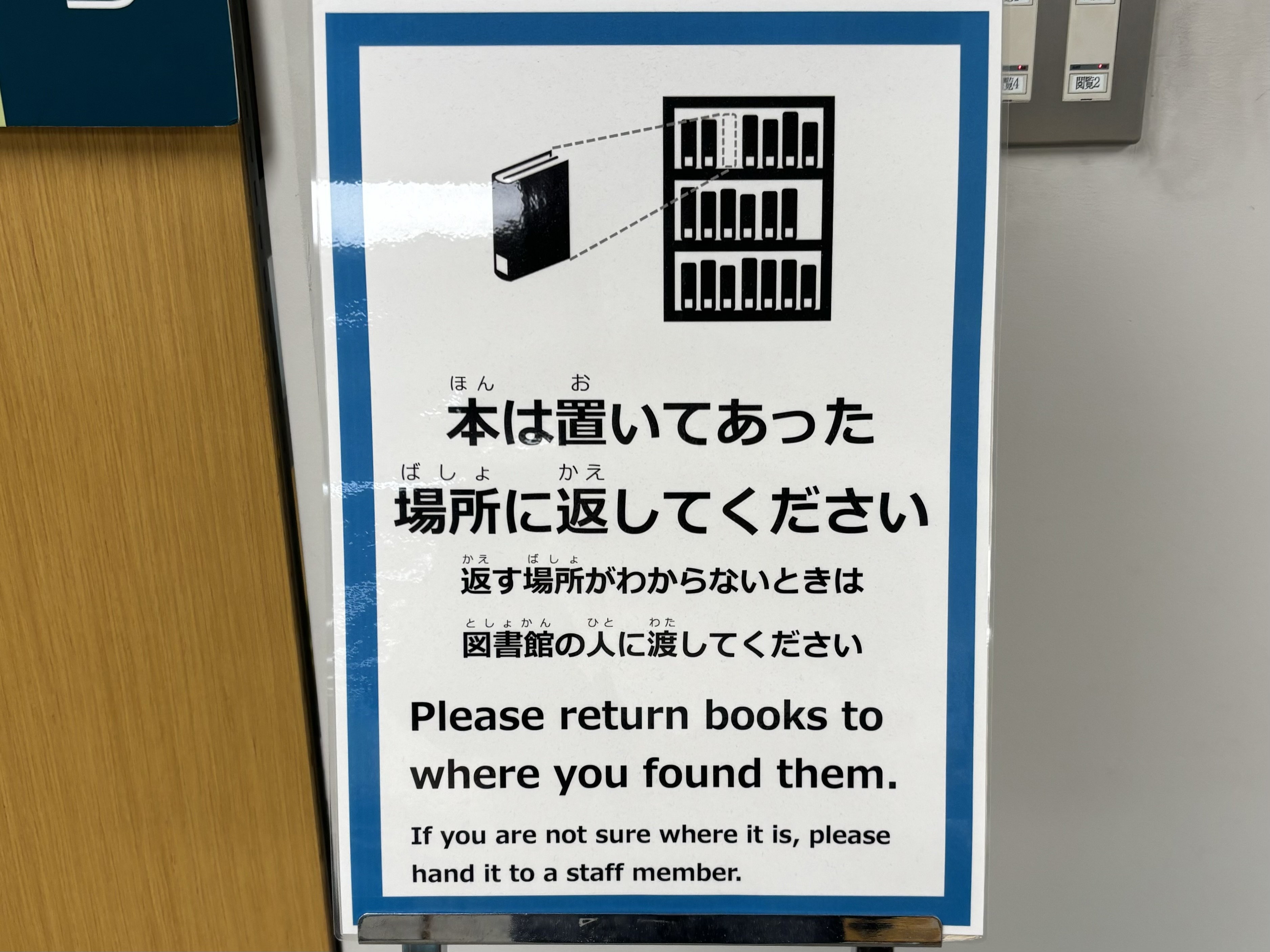
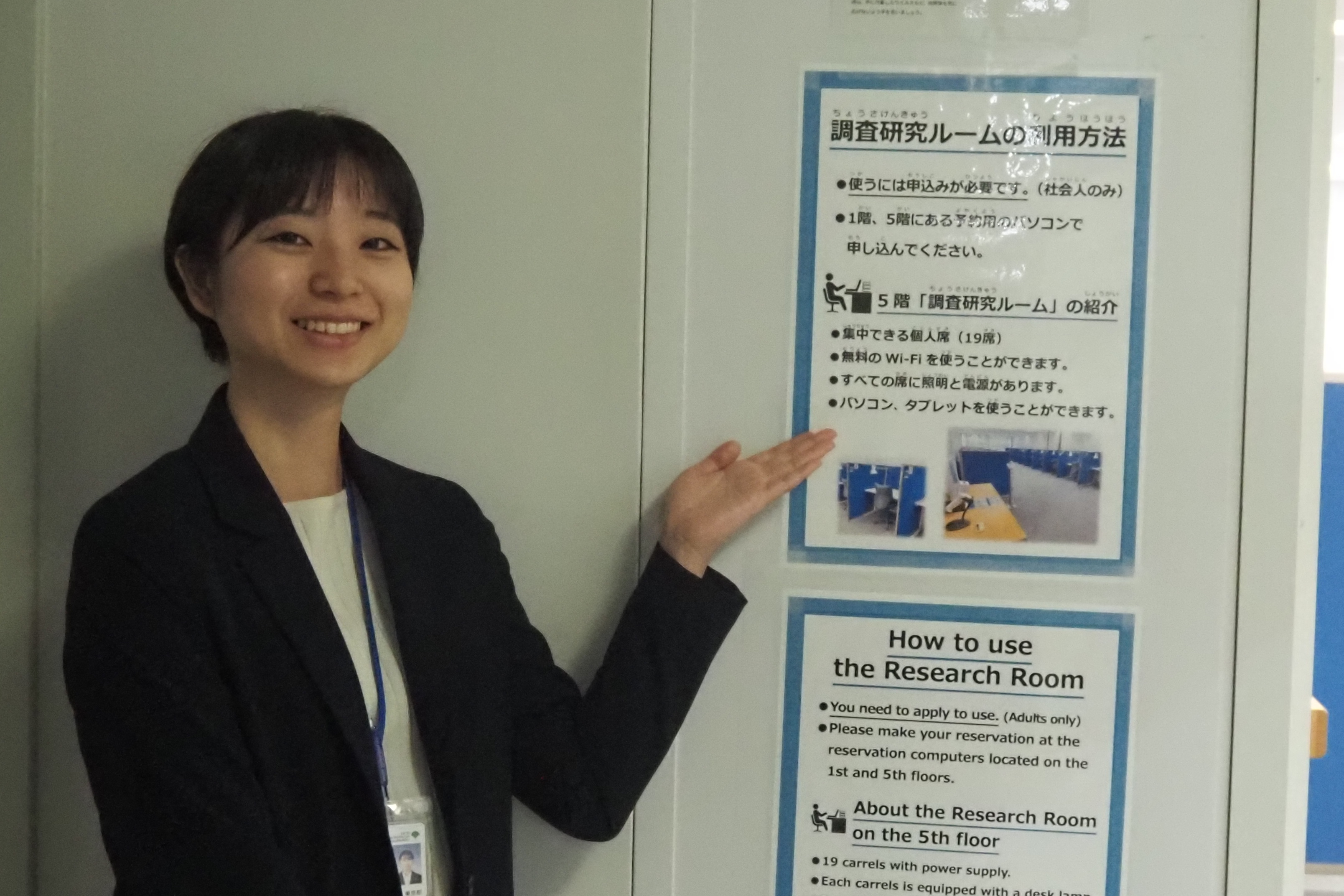
The impetus for the plain Japanese initiative came when the Tokyo Metropolitan Library set a goal in its activity plan to "increase the number of library users by promoting the appeal of the library to foreign residents in Tokyo as well as to tourists visiting Japan." To make the library more accessible to foreign users, in 2022, they started to create a website in plain Japanese, as well as notices in the library.
"We are a very large library, so it is difficult to accommodate everything, but we try to make information available for users in plain Japanese as much as possible," says Ms. Masubuchi.
Since March 2023, plain Japanese pages can be selected from in the header of the library's website. They are also updating the notices in the library to make it more user-friendly.
“The notices are written in both plain Japanese and English. English is easy to translate automatically, so we think it makes sense to write in both plain Japanese and English. We also believe that plain Japanese would be friendly not only to foreign users, but also to people with disabilities and elementary school children."
There are pictograms on the notices that help people understand the content of the notices. Many of the pictograms are originals created by the library staff.
"If the required pictograms are not available, we combine them to create original pictograms. To attach the pictograms, we try to convey the messages even if the readers do not understand Japanese or English."
These "Plain Japanese" efforts are mainly being carried out by the Information Service Section staff who have taken a plain Japanese seminar.
"We use many technical terms in the library, so we are struggling with how to translate these terms into plain Japanese. When I am doing rewriting on my own, I sometimes find myself using difficult Japanese without even realizing it. To avoid this, we check each other's work or use tools such as Yasanichi Checker, which automatically evaluates the level of difficulty of the Japanese language usage. We want visitors to understand words that are commonly used in the library, such as Nyu-kan-sho (reader's card), so we leave it as it is in normal term, and add supplementary information such as 'a card with a number' on it."
A Library Where You Can Enjoy More than Just Reading Books
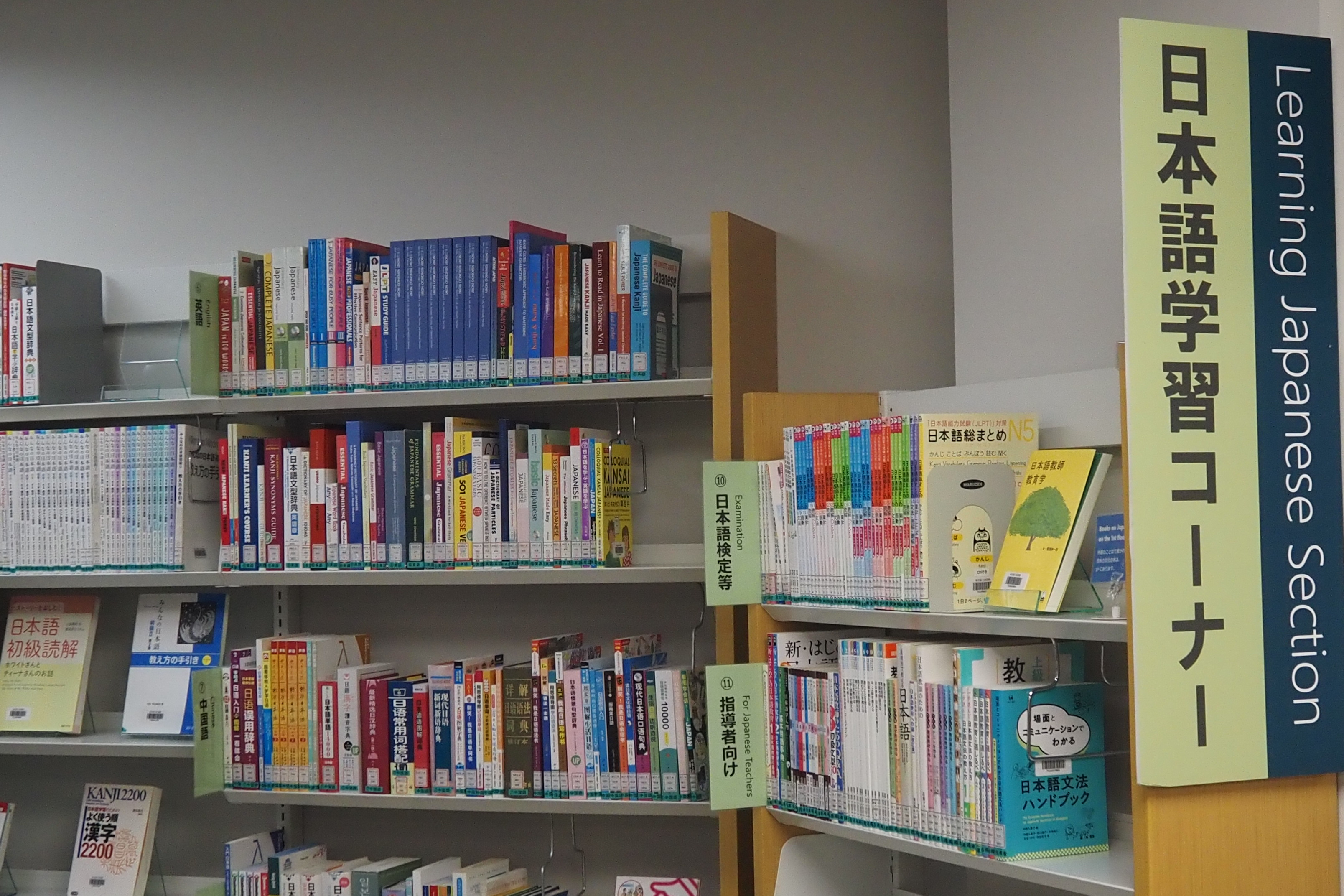
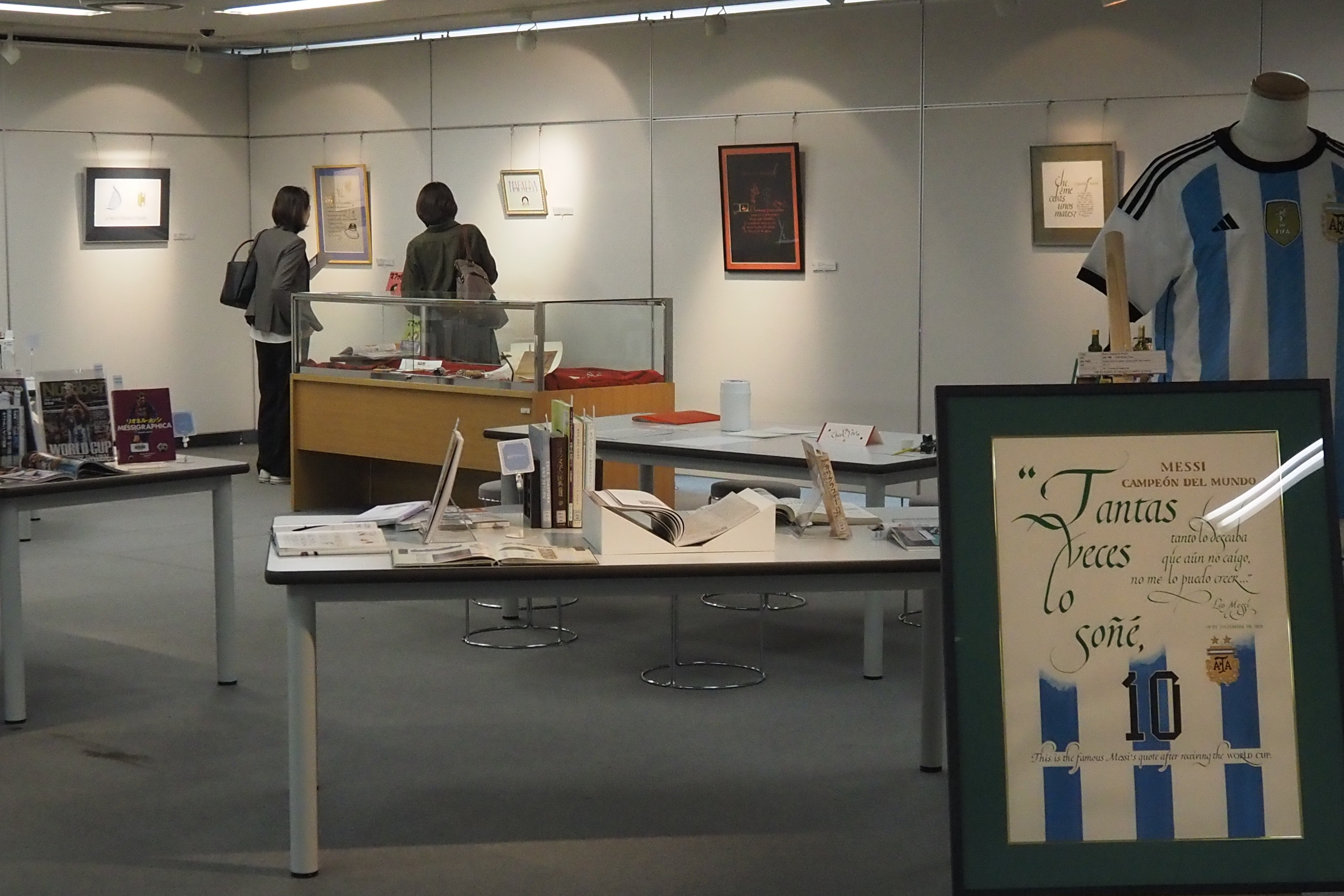
There are other services that foreign users make use of.
On the 3rd floor, there is a Learning Japanese Section with a wide variety of materials for Japanese language learners and instructors.
"In general, the Metropolitan Central Library does not collect textbooks and exercise books for examinations, such as those for university entrance examinations. However, for Japanese language learning, we have materials including test preparation workbooks. You are not allowed to write in the workbooks, but you can make photocopies and use those," says Ms. Araki.
In addition, exhibitions introducing foreign cultures are actively held in the Exhibition Room on the 4th floor, in cooperation with nearby embassies and other organizations.
"Our library provides space and also displays library materials tailored to the themes of the exhibitions. The perspective of multiculturalism is being incorporated into the education of elementary and middle school students, and the Tokyo Metropolitan Central Library is also actively developing exhibits that introduce various countries," says Ms. Ueda.
In the future, the Tokyo Metropolitan Central Library would like to resume tours for foreign users to show them how to use the facility. In the past, the tours were conducted in English, but they would like to think of offering tours in plain Japanese as well.
We hope that many people will come and enjoy the Tokyo Metropolitan Central Library, which is becoming more and more user-friendly and attractive.
*This article is based on information available at the time of the interview. For the latest information, please contact the organization directly.
